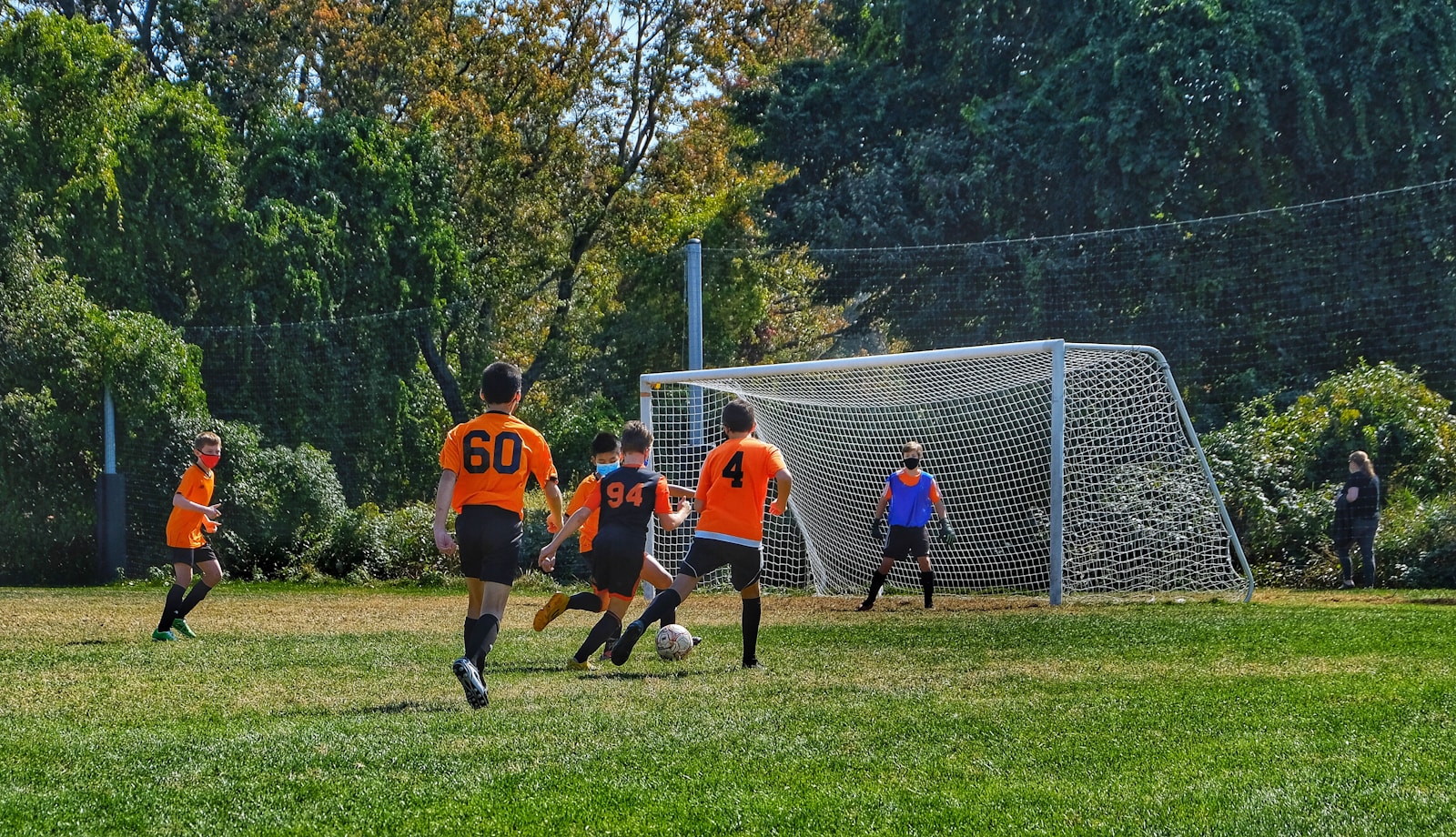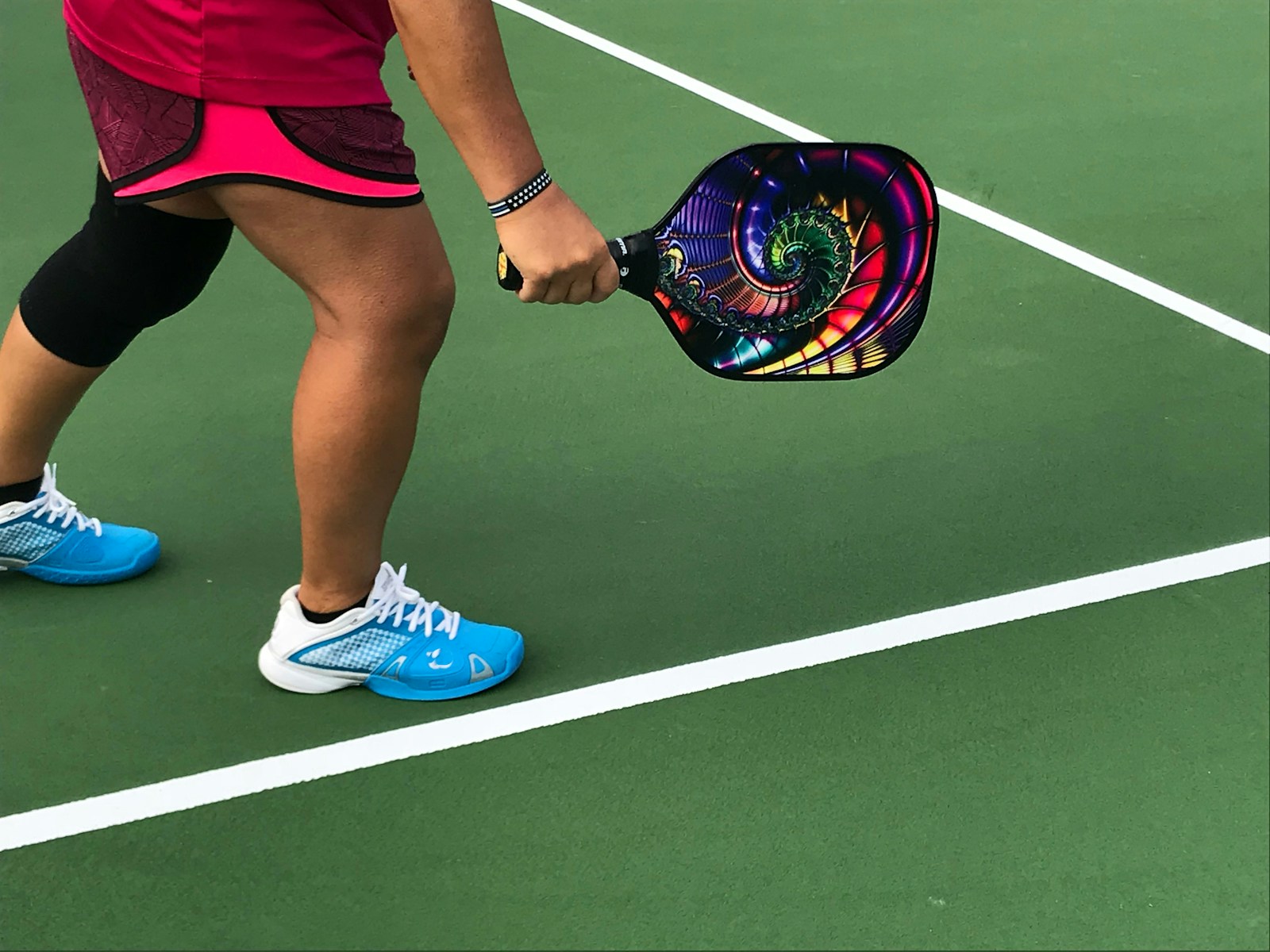Tendonitis is not a tendon problem. A tendon is essentially a rope that a muscle pulls on to create joint movement. If you’ve ever seen a large cut of meat, like a tenderloin, you will notice large red meat chunks, but also a shimmery membrane that is tougher to cut through, as well as some thicker white sheets that are also very tough to cut through. The toughness comes from the collagen fibers that make up connective tissue. These structures are white, not red, because they lack substantial blood flow. There are minimal to no blood vessels in tendons, and therefore, if they become irritated, they tend to remain irritated for a while. Your body has no easy way to deliver the necessary cells for repair to that area.
Why this is important is that the tendon, being a rope that the muscle pulls on, is essentially a passive structure. The muscle is the instigator of all the tension on the tendon, and as such, it is the area that we want to address. With tendonitis, the issue is that the muscle is stuck in a contracted state, which applies a constant load to the tendon. This load can be increased by either stretching the muscle, which pulls it apart and effectively increases tension on each end of the muscle, or contracting the muscle, which increases tension by pulling both sides of the muscle toward the center. Both situations increase the tension on the muscle and, therefore, the tendon. In tendonitis, you are simply reaching a pain threshold because there is too much tension on the system.
Since the tendon is just a rope, we need to reduce the number of muscle cells pulling on this rope at all times. Think of this like redlining an engine. If we can reduce the RPMs to a point far away from the red line, there will be no pain. At the point where you have tendonitis, your RPMs are very high, and it doesn’t take much to increase the tension enough for your body to signal pain.
To treat tendonitis, we need to identify the correct muscle, find tender areas in the muscle, and effectively massage them to help them relax. This needs to be done consistently over a period of a week or ten days to achieve lasting relief. One application of treatment may provide short-term relief, but just like taking an antibiotic, you cannot take one dose and expect it to be fixed. You need to consistently treat your muscles to achieve the desired outcome, which is pain relief.
The most challenging aspect of this situation is identifying the correct muscle that needs to be addressed to reduce the pain in the tendon. Sometimes this is straightforward, while other times it is not. For specifics on how to work to get these muscles to relax, check out the blog titled “Poke and Hold: How to Effectively Release Tight Muscles.”
Remember that tendinitis is not a tendon problem; it is a muscle problem. Muscles can become stuck in an overly contracted state for various reasons. Sometimes, this occurs due to overuse, which can be low intensity but repetitive or prolonged. Other times, it may happen because of a quick event where the muscle engaged to protect the body and never relaxed afterward. Additionally, there are instances where it is difficult to explain why a particular muscle has become stuck in a contracted state.
This can result from a small amount of activity, poor sleep for a night or two, inadequate hydration, or missing nutrients in your diet. In any case, trying to determine the reason why the muscle is stuck is often an exercise in futility. The reason for the muscle’s contraction is not as important as finding a way to release it. Once the muscle is no longer pulling on the aggravated tendon, which is essentially just a rope, the tendon will stop sending pain signals to your brain.
The tendon itself will gradually calm down as the muscle ceases to exert constant tension on it. The tension is what causes the pain, not the particular state of the tendon itself. Treating the tendon directly is typically quite painful and will only provide temporary relief, if any.
Think of the tendon as being angry, similar to a scratchy throat caused by a sinus infection. You can continue to use cough drops or lozenges to alleviate the scratchy throat, but it persists due to drainage from your sinuses. If you treat the sinus infection, the scratchy throat will resolve. In this analogy, the overly tight muscle represents the sinus infection that is causing the tendinitis.
Sometimes, it can be straightforward to determine which muscle needs treatment for tendinitis, while other times it can be remarkably difficult. If you are having trouble figuring out what to treat and how to treat it, visit our YouTube channel, OrthoDIY. You can also search through our blog posts or send us an email at orthodiy@gmail.com.



